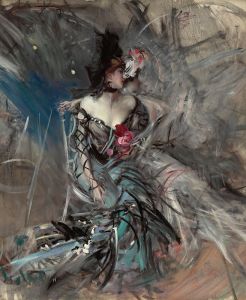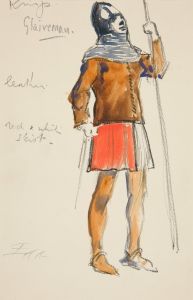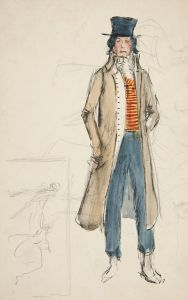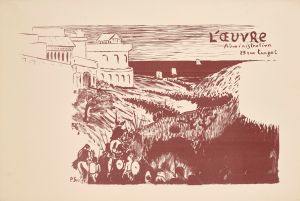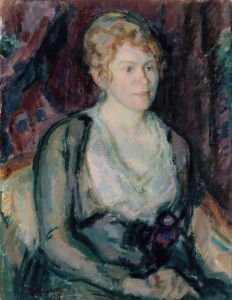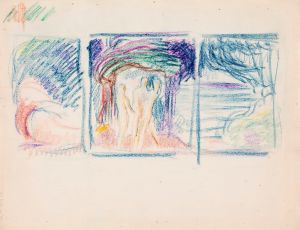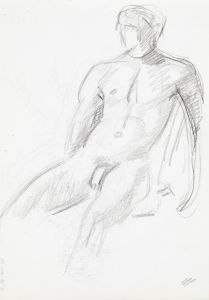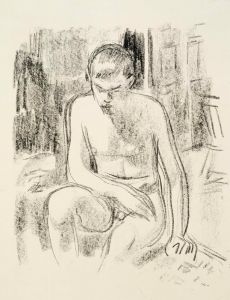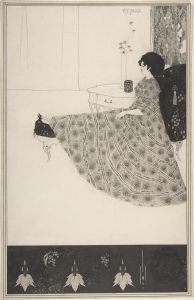
Theatre Scene
A hand-painted replica of Magnus Enckell’s masterpiece Theatre Scene, meticulously crafted by professional artists to capture the true essence of the original. Each piece is created with museum-quality canvas and rare mineral pigments, carefully painted by experienced artists with delicate brushstrokes and rich, layered colors to perfectly recreate the texture of the original artwork. Unlike machine-printed reproductions, this hand-painted version brings the painting to life, infused with the artist’s emotions and skill in every stroke. Whether for personal collection or home decoration, it instantly elevates the artistic atmosphere of any space.
Magnus Enckell's "Theatre Scene" is a notable work by the Finnish symbolist painter, who was an influential figure in the late 19th and early 20th centuries. Enckell, born in 1870 in Hamina, Finland, was a central figure in the Finnish art scene and played a significant role in the transition from traditional to modern art in Finland. His works are characterized by their exploration of symbolism, a movement that sought to express ideas and emotions through symbolic imagery and themes.
"Theatre Scene" is one of Enckell's paintings that exemplifies his interest in capturing the human experience and the world of performance. Although specific details about the painting's creation date and current location are not widely documented, it is known that Enckell's body of work often explored themes of introspection, the human psyche, and the interplay between light and shadow. These elements are likely present in "Theatre Scene," reflecting his broader artistic concerns.
Enckell studied at the Finnish Art Society Drawing School in Helsinki and later continued his education in Paris, where he was influenced by the Symbolist movement and artists such as Pierre Puvis de Chavannes and Gustave Moreau. This exposure to Symbolism is evident in his work, which often features dreamlike qualities and a focus on the inner world of his subjects.
"Theatre Scene" likely captures the essence of performance and the theatrical world, a subject that aligns with Enckell's interest in the dramatic and the expressive potential of art. His paintings often depict figures in contemplative poses, surrounded by an atmosphere that suggests a narrative beyond the visible. This approach invites viewers to engage with the work on a deeper, more introspective level.
Throughout his career, Enckell's style evolved from the dark, muted tones of his early works to a brighter palette and more simplified forms. This evolution reflects his growing interest in the expressive power of color and form, which may also be evident in "Theatre Scene." His later works are characterized by a more vibrant use of color and a focus on the harmony between figures and their surroundings.
Enckell was also a member of the Septem group, a collective of Finnish artists who sought to promote modern art in Finland. His involvement with this group underscores his commitment to advancing the Finnish art scene and embracing new artistic movements.
While specific information about "Theatre Scene" is limited, Magnus Enckell's broader body of work and his contributions to Finnish art provide context for understanding the significance of this painting. His exploration of symbolism, the human condition, and the transformative power of art continues to resonate with audiences today.





